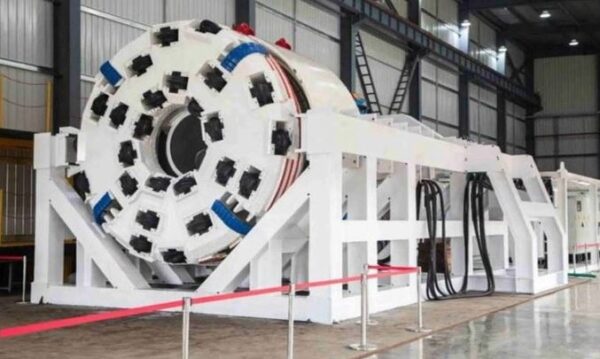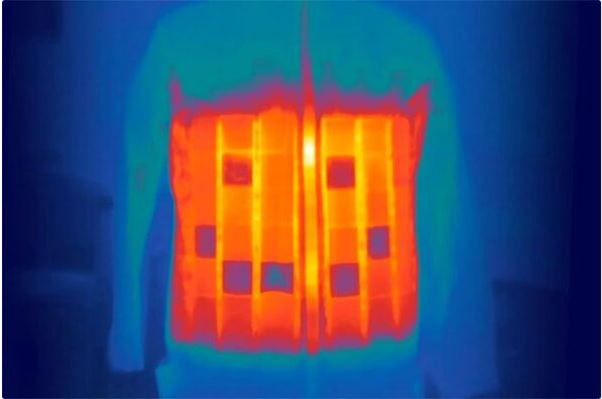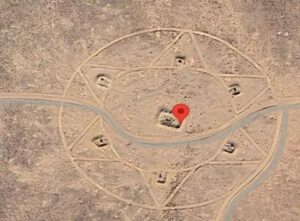Chinese scientists have developed the world’s first tunneling and rock blasting machine (BBM), which can increase efficiency by more than 30% when drilling super-hard rock.
Chen Jiale, a researcher at China Railway Science and Industry Corporation (CRSIC), said the machine will be used in hydropower and irrigation projects, mining, highway and railway construction. , Interesting Engineering reported on May 22. “The development of tunneling and rock blasting machines can solve many current challenges in building long and large tunnels, providing new solutions for such projects,” Chen shared.
Not only possessing the power of modern tunneling machines, BBM uses a combination of mechanical, electrical, hydraulic, sensor and guidance technologies, allowing the simultaneous use of traditional drilling and detonation methods. The machine is equipped with two cutting heads and takes advantage of the complementary advantages of each method, improving efficiency and being environmentally friendly. According to Chen “this design effectively combines the functionality of a tunnel boring machine (TBM) with traditional drilling and blasting methods, including multiple excavation modes”.
BBM has completed testing under three different operating conditions. Test results show that under super hard rock conditions, the performance of the hollow cutting head can be increased by 30% after pre-cracking treatment. A limitation of conventional TBMs is their tendency to easily get stuck and cause delays when encountering complex geological conditions such as sudden rock falls, fault zones and large deformations in soft rock layers.
The BBM, co-developed by CRSIC with the National Laboratory of Hydrological Sciences and Engineering of Tsinghua University, can handle a range of complex geological conditions. For example, if the BBM encounters a large fracture zone, smaller equipment can pre-treat the area, using the BBM’s rounded cutting head. In case of sudden mud or water overflow, BBM can use a circular cutting head to dredge and remove mud, followed by foundation treatment and waterproofing.
Chen emphasized three important features of the BBM including the hollow cutting head that provides a path through adverse geological conditions for pre-treatment, avoiding direction changes. The BBM’s dual-mode operation, integrating both drilling and detonation methods, allows simultaneous excavation and soil blasting. This approach combines the safety and effectiveness of TBM with the versatility of the two methods.
Finally, when surrounding rock conditions are favorable, the central rock mass can be used to produce in situ aggregates (loose materials of natural or man-made origin with a defined particle composition, when mixed with cement and water, forming concrete), reducing project costs and promoting green construction. According to researcher Qin Pengxiang at Tsinghua University, BBM has extensive application value and great potential.
CRSIC is part of the China Railway Group, which contributes to the development of heavy construction equipment used in some of the most challenging infrastructure projects in the country. The company, headquartered in Wuhan, capital of China’s Hubei province, has produced the Jiangcheng Pioneer large shield tunneling machine as well as the Lu Wu, the country’s first 1,000 ton single girder bridge erector, gantry crane. 2,000 ton double track with the largest lifting force in the country and Yuehai, the world’s largest 1,800 ton box girder erector.











